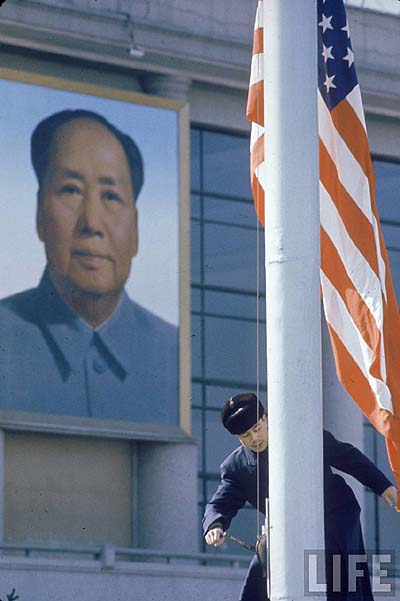
It will be forty years ago within some months that in February 1972, after twenty-five years of diplomatic break, President Nixon visited Beijing. This gesture brought a breakthrough not only in Sino-American relations, but on the whole front of the Cold War, and the Soviet Union immediately invited Nixon for a visit. It was then that cultural relations between China and the West started again. China, for example, introduced the teaching of English in some schools, and traditional Chinese medicine started to be introduced in the West from that time on.
Life Magazin accompanied with a rich illustrative material in color the reports on Nixon’s trip. Besides the protocol events, the images also present the streets of Beijing – tramway was still functioning and there were Central European-looking houses –, the Tiananmen Square, and the romantic alleyways of the hutong quarters of Mongolian origin, which at that time still made up much of central Beijing, but from the 80s they started to be gradually demolished, and after the 2008 Olympics only some blocks of it remained as a kind of an open air museum. We see scenes from the president’s visits to historical monuments, the military parade and the revolutionary opera presented in his honor, which wins a special significance by the fact that thirty years later an American opera was composed on this trip under the title Nixon in China, in which fragments of this opera are interwoven.
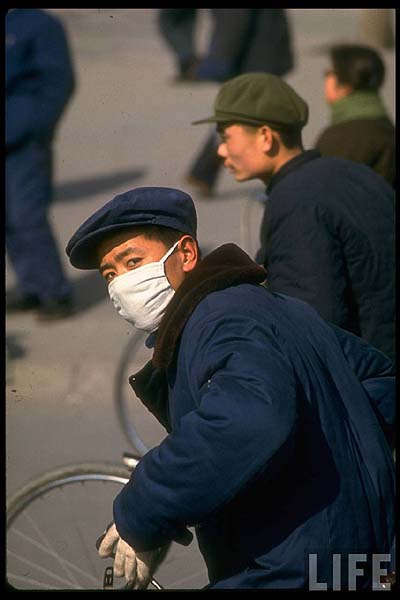

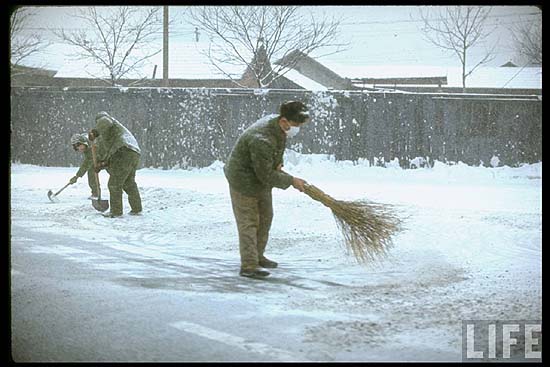

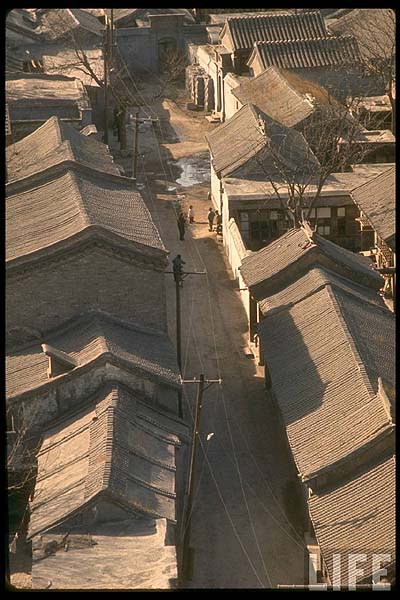
Although for twenty-five years no American photographer had been to China, these pictures are surprisingly sensitive, and free of any romantic Orientalism on the one hand or anti-communist clichés on the other hand. Of course they do not leave without “comments” the army’s iron discipline or the revolutionary pathos of the performance, but they are conspicuously absent of the visual common places with which the Western press of the period commented on the Communist world. Poverty is not emphasized, we see several poetically misty winter scenes which Western press photo reserved to the representation of the “own world”, and their figures are represented as personal, not uniformed. In contrast to the iconic bicycle photos of contemporary Beijing – on which ten thousand chillingly uniform cyclists move in one direction along the main road of Beijing – here every cyclist has his or her own face.
This attention, unusual in an American photographer of the period, will be understandable if we know that Life’s photographer John Dominis had been photographing the Far East for about twenty years. After graduating in photography at the Freemont High School and at the University of South California, he made acquaintance with the Far East while serving on the Japanese front during WWII. In 1950 he volunteered to report from the Korean war. He took photos in Thailand, in Burma on the 2500th birthday of the Buddha, in Laos, the Vietnam war, and in the Chinese provinces where an American photographer could reach at that time: in Taiwan and Hong Kong. In those years he got to know this world from the inside, and he learned to seek for and represent not what is exotic, but what is personal in it.
On his series made in 1959 in Taiwan’s capital and surroundings we see an elementary school, a wedding, the streets and shops of the city. Some politicians. The president of the country, Chiang Kai-shek and his wife Soong May-ling, on whom we have already written that, together with her two sisters, they were the three “first ladies” of the “Three Chinas”, the Communist mainland, the British Hongkong and Kuomintang’s Taiwan. For us, who are accustomed to the vintage photos representing the Communist China, it is unusual to see this “alternative China” with the different, more open faces, the gradually penetrating American clothes and hair style, the Chinese equivalents of the American posters and typography of the 50s. As I have tested, for mainland Chinese it is as well.
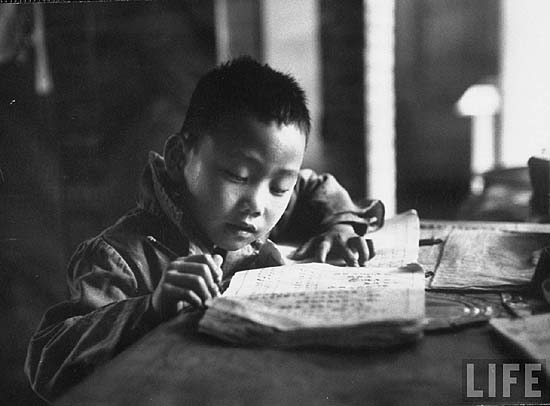

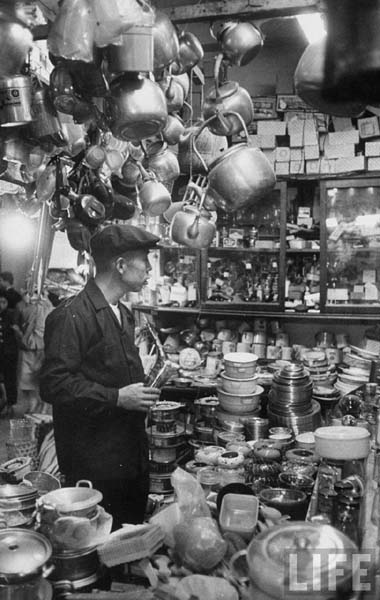

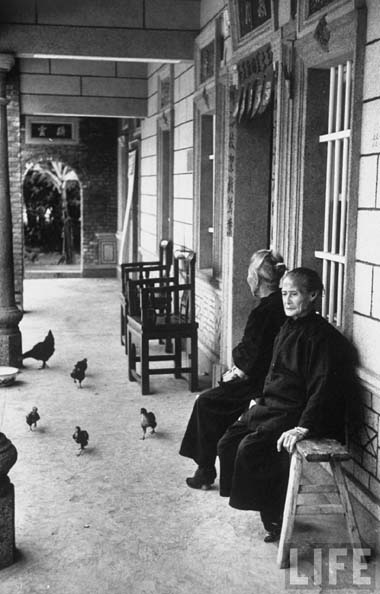

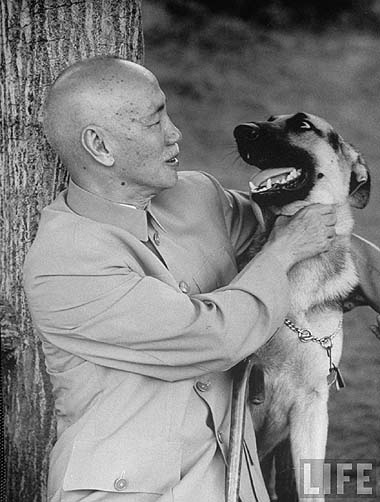

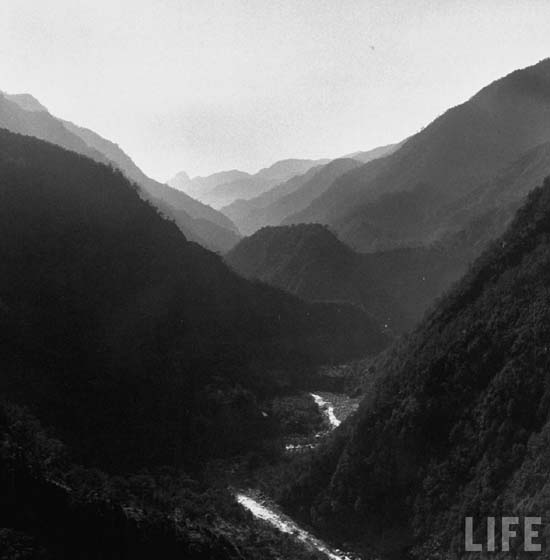
From “the third China”, Hongkong Life preserves more than six hundred photos by Dominis. Here we only present a series of about a hundred pictures on a junk wedding in 1961. Although they are not in chronological order, by the time we check them all, the steps of the ceremony and the kinship network of the participants will take shape. These pictures also show how sensitively and attentively Dominis photographed this world of the Far East. And they also show what was this world like, which could have been in mainland China as well, but just in these years was being lost there forever.
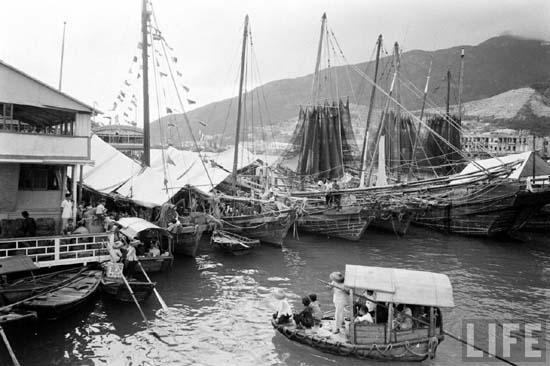

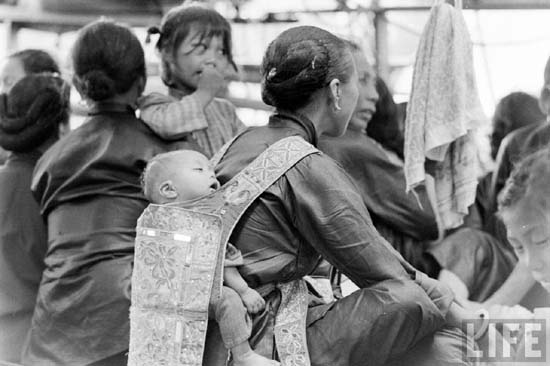

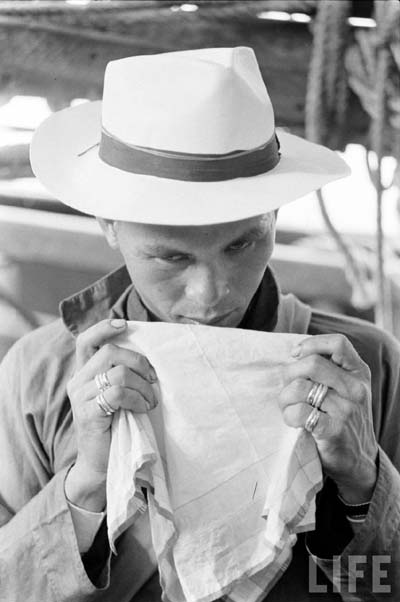

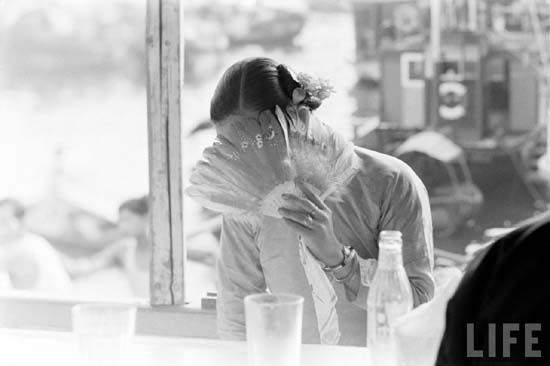

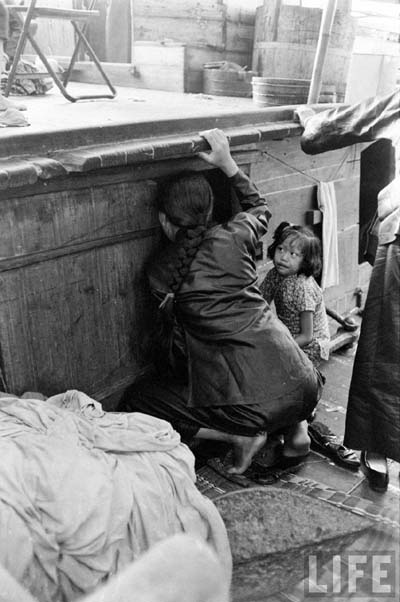

























































No hay comentarios:
Publicar un comentario